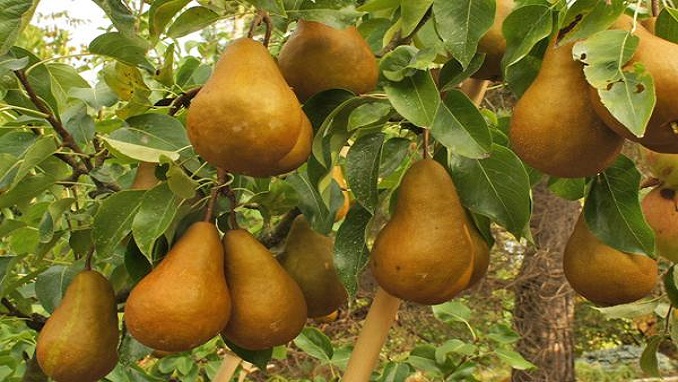In just two years, the COVID-19 epidemic has undone a decade’s worth of advancements, a press release published on ReliefWeb states.
From 20.1% in 2019 to 33.3% in 2021, the percentage of people living in poverty has skyrocketed, and an additional 10% are at risk of becoming poor. From 0.5% in 2019, extreme poverty rose to 6% in 2021.
The National Bank of the Kyrgyz Republic reports that headline inflation in October 2022 was 15.4%2, which is comparable to the 15.5% recorded in September and among the highest in the region. This is the highest inflation rate since July 2011.
In October 2022, the CPI for fuel and lubricants was 33%, while the food inflation rate for essential staples was 16%.
In January through September 2022, remittances were down 13% from the same time in 2021.
WFP has set up a framework for tracking trends in food security by conducting bimonthly household surveys.
According to the October 2022 food security assessment, 17% of households, or more than 1 million people, experienced acute food insecurity, which is a 4% drop from August 2022. Improved food intake as a result of the harvest in September/October may help to explain this. However, a further 54% of people still experience only minimal food security.
In comparison to urban areas (14%), rural areas (19%) had a greater prevalence of food insecurity. Food insecurity is more common in homes with female heads of household and is more severe in the Batken, Talas, and Naryn regions.
15% of households consumed insufficient amounts of food, while another 7% used severe coping mechanisms despite having acceptable food intake levels.
15% of households used emergency coping mechanisms, while 80% of households used asset depleting coping mechanisms (relying on savings and borrowing money) (selling assets – last cattle, land or house – or asking for assistance).
Since January 2022, 8% of households said that their income has declined, on average by 37%.
The primary barrier to purchasing both food and non-food goods was their pricing and economic accessibility (lack of funds) (high food prices).



